(Page créée avec « -The tri-box: made up of two boxes inserted perpendicularly into another in which the telephone is inserted. ») |
(Page créée avec « -A mono box variant with the lid closed but holes added to the side. ») |
||
| Ligne 76 : | Ligne 76 : | ||
-The tri-box: made up of two boxes inserted perpendicularly into another in which the telephone is inserted. | -The tri-box: made up of two boxes inserted perpendicularly into another in which the telephone is inserted. | ||
| − | - | + | -A mono box variant with the lid closed but holes added to the side. |
|Step_Picture_00=Enceinte_passive_326537863_898989714742694_2130344760410007533_n.jpg | |Step_Picture_00=Enceinte_passive_326537863_898989714742694_2130344760410007533_n.jpg | ||
|Step_Picture_01=Enceinte_passive_prototype_8.png | |Step_Picture_01=Enceinte_passive_prototype_8.png | ||
Version du 8 août 2024 à 08:54
Description
Build passive loudspeakers using tile chip boxes and compare their sound quality to determine the best way to build this type of loudspeaker.
Introduction
Matériaux
One or two boxes of tile crisps.
Outils
A knife or a cutter.
A phone.
A microphone.
Software for obtaining the spectrum of a sound signal (example: audaciti)
A sound file containing white noise (white noise source:https://lasonotheque.org/detail-1037-bruit-blanc.html)
Étape 1 - Setting up tests
In order to carry out these tests in the best possible conditions, you need to go to a place that is as quiet as possible (this helps to avoid unwanted noise). The microphone and loudspeaker to be tested should then be placed on a stable surface with a constant distance between them.
We then play white noise from the loudspeaker, which will be recorded on audacity. The analysis -> plot spectrum option will show the distortions in the sound and allow you to compare the different speakers.
Étape 2 - Telephone only
In order to have a point of comparison between the different speakers, it is important to have the spectrum of the phone without a speaker.
Even with the phone alone, you can see that the white noise is distorted. In particular, very low and very high frequencies are virtually inaudible.
Étape 3 - Simple box
For the simplest version of the enclosure, make a cut in the side of the crisp box. Make the cut just big enough to let your phone through, which you will then slide into the box.
This variant showed a 2dB increase in overall sound volume (i.e. a maximum sound approximately 1.6 times louder). In addition, it has a peak between 200Hz and 300Hz, showing that it gives more low-pitched sound than the telephone alone. On the other hand, the sound is less regular (the spectrum is less smooth).
This variant is therefore suitable for obtaining a louder sound or for bringing out the low frequencies more effectively, but at the cost of a loss of overall sound quality.
We also tried reducing the size of the aperture to see if this had any impact. The result is a more irregular, softer sound. It is therefore more interesting to simply remove the cover.
Étape 4 - Double boxes
Some phones (including the one we used for testing) have two speakers, one on each side of the phone. It is therefore possible to repeat the previous step a second time in order to have a dual speaker.
This variant increases the sound volume even further (+2dB in our case) but the sound becomes even more irregular.
As with the simple box version, simply removing the lid gives better results than drilling small holes.
Étape 5 - Failed prototypes (avoid)
We also tested two prototypes that distorted the sound too much:
-The tri-box: made up of two boxes inserted perpendicularly into another in which the telephone is inserted.
-A mono box variant with the lid closed but holes added to the side.
Étape 6 - Customisation
Vous pouvez aussi customiser votre enceinte à votre convenance en la peignant par exemple et l'emmener partout avec vous !
Draft
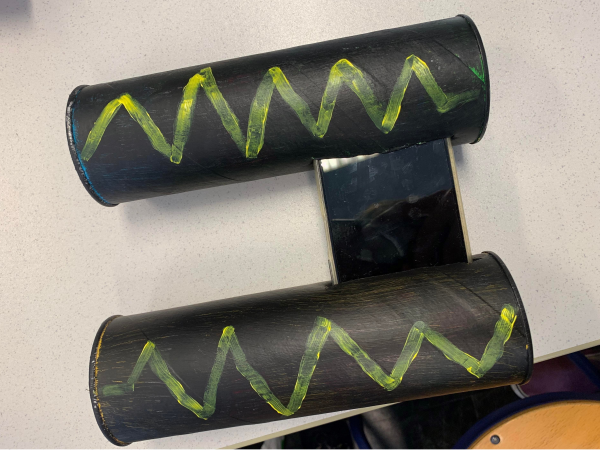
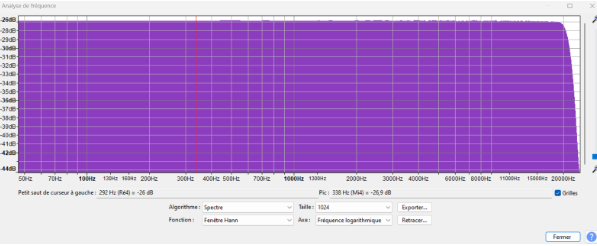
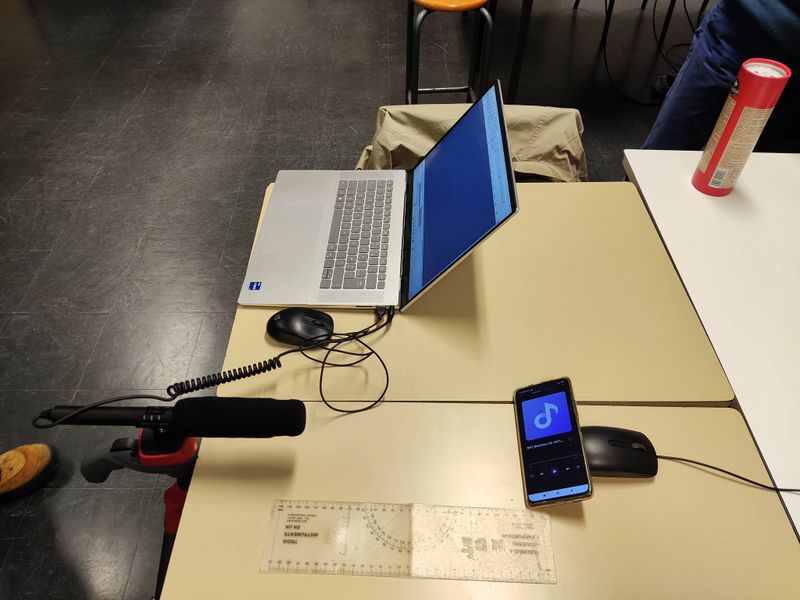
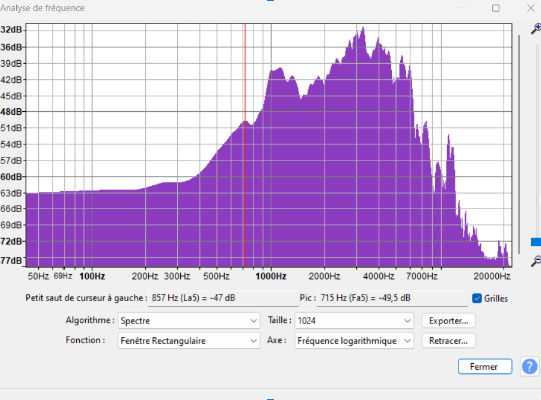
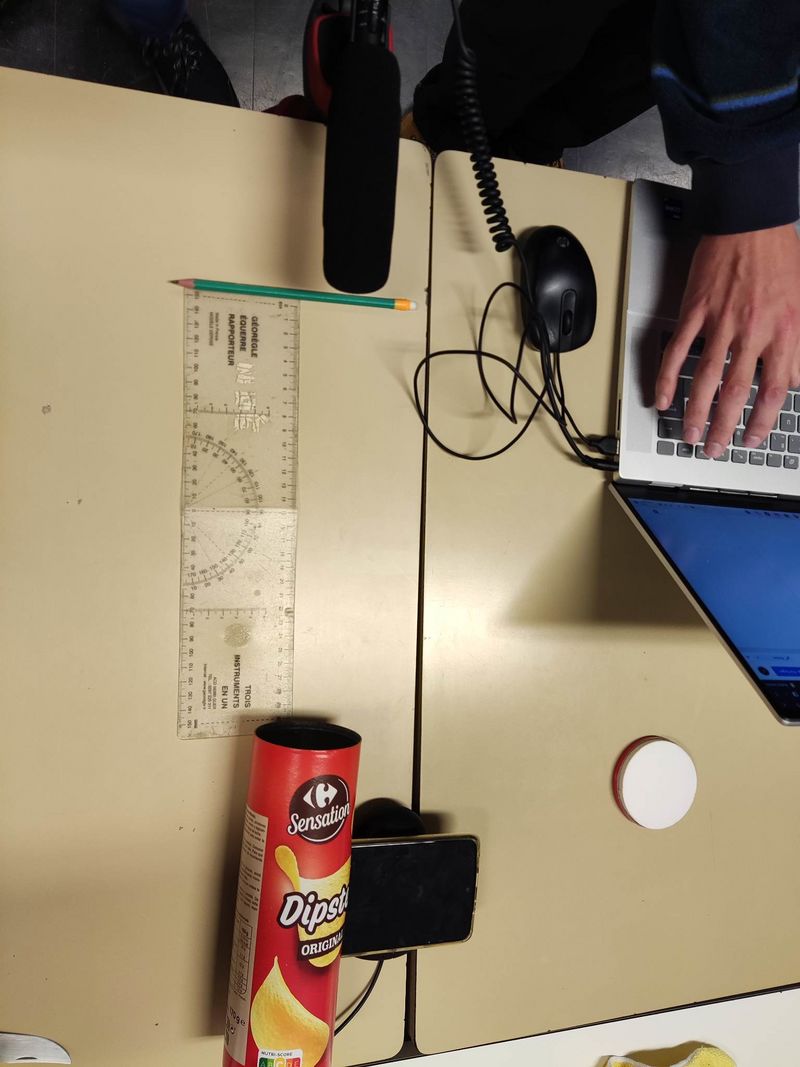
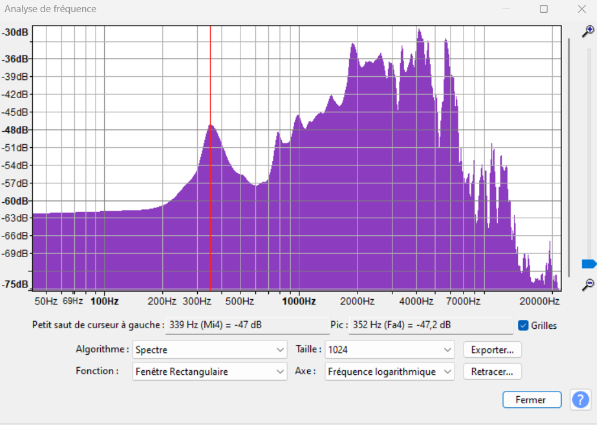
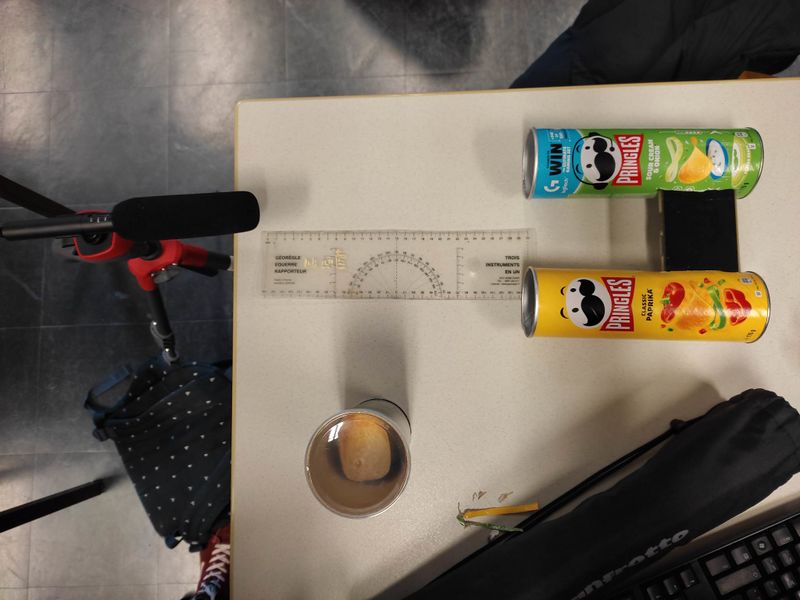
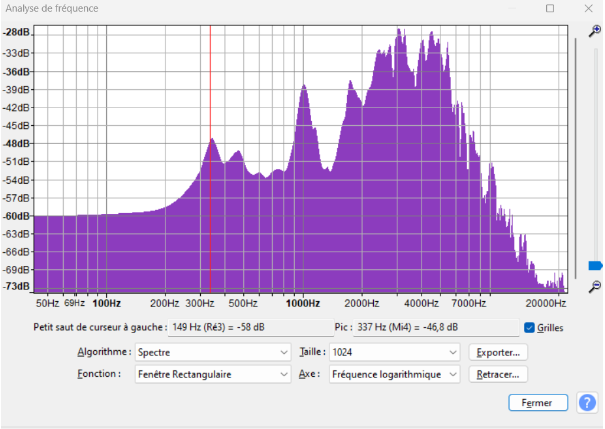
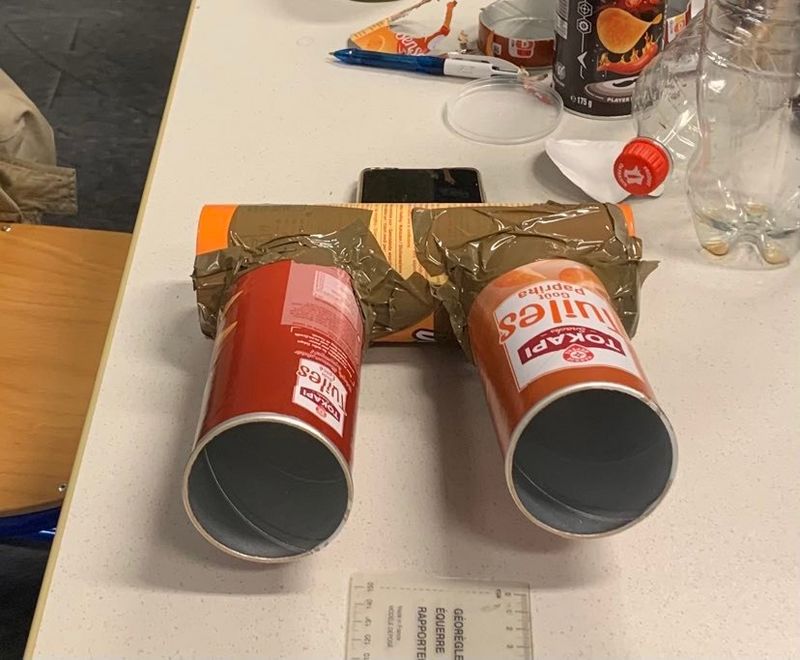
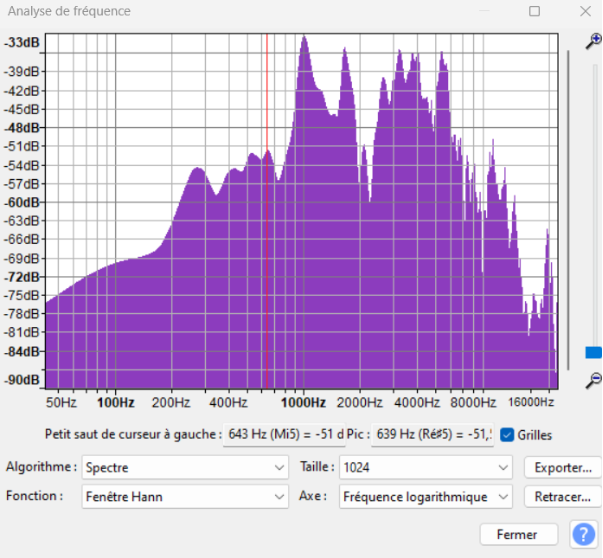
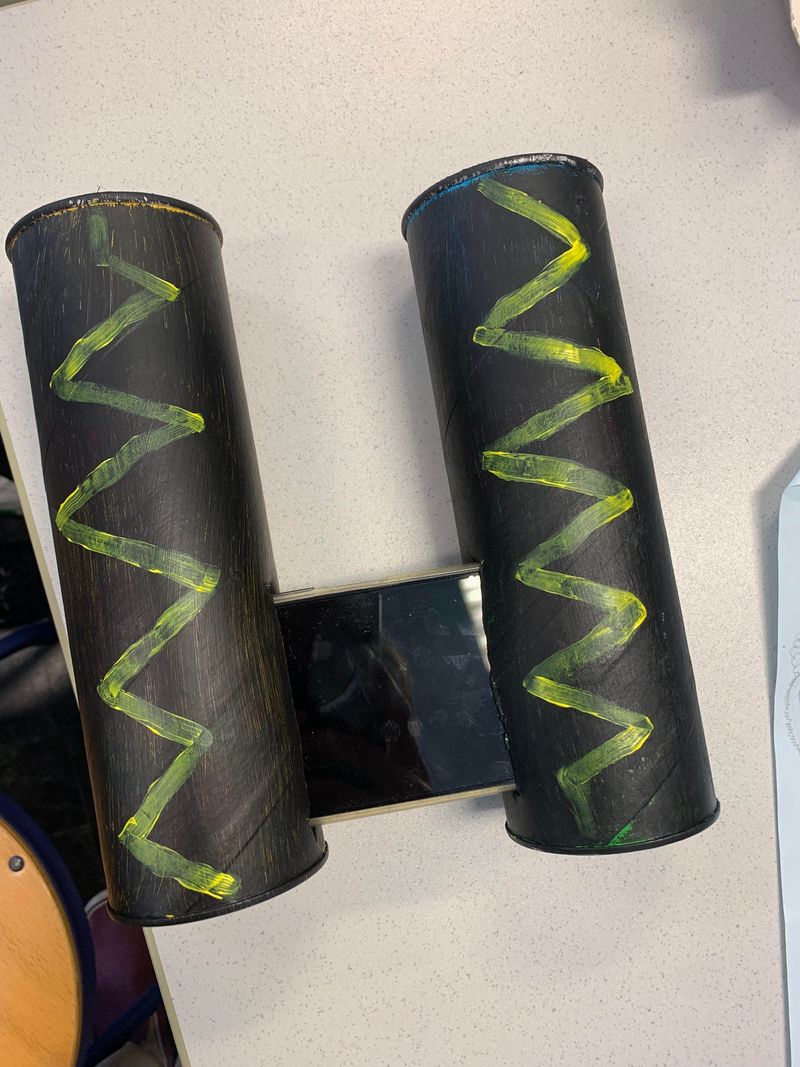
 Français
Français English
English Deutsch
Deutsch Español
Español Italiano
Italiano Português
Português